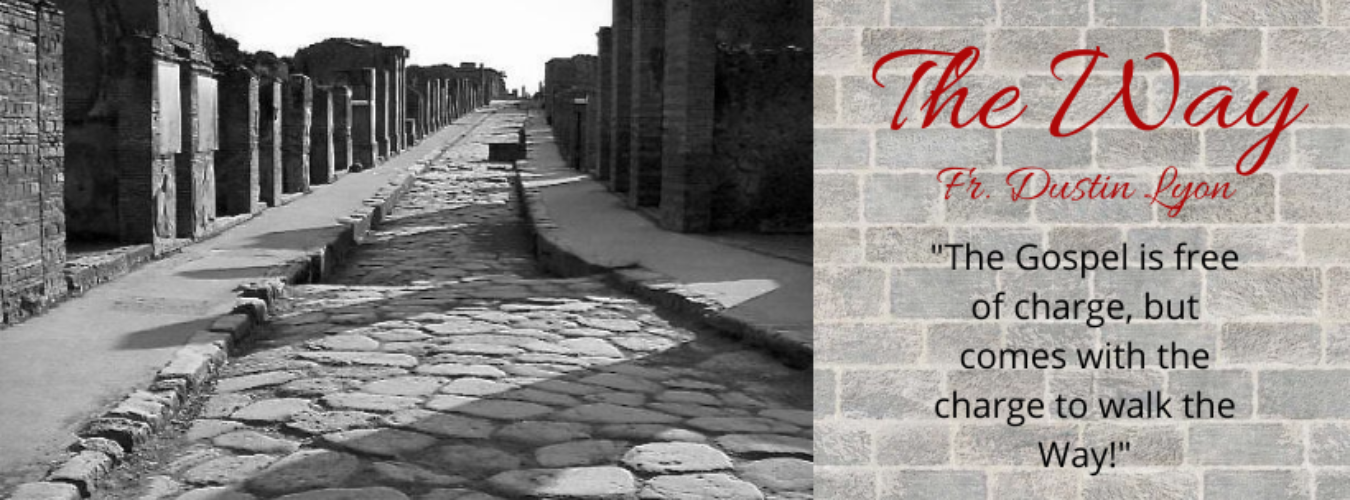Sunday Before the Feast of the Holy Cross
In today’s gospel reading, Jesus references an event that occurred after the Exodus (Numbers 21:5-8).

The Hebrews, having been freed from Egypt, now wander in the desert on their way to the Promised Land.
Yet, they don’t trust God and they begin to rebel and complain about Moses and God.
So, God sent poisonous serpents to bite the people and many of them died.
However, some people “got it” and, after putting their trust back in God, they repented of their sins.
God responded by having Moses create a bronze serpent and anyone who looked upon it was healed.
Jesus, on the cross, is our bronze serpent.
This idea is clearly seen in iconography, where Jesus appears in the “S” shape of a snake.
By gazing upon Christ on the cross, we are called to put our trust in God and repent of our rebellion against God.
Scripture: John 3:13-17 (See also, Numbers 21:5-8 and Wisdom of Solomon 16:5-14)
Bottom Line: If you gaze on the cross, trust, and repent, you don’t have to fear the serpent’s bite.
Discussion Questions
- The serpent appears a lot, both in church and in our culture. Where else do you see the serpent? What do these other manifestations mean? Are they tied to this story or do they mean something else?
- The serpent first appears in the Garden of Eden as a deceiver. In the story with the Hebrews, it also first appears as an evil figure, but God reverses this symbolism by using it for good. How might you understand the serpent as both positive and powerful, yet very dangerous? What does this say about Christ’s triumph over evil?
- If you look closely at an icon of the crucifixion, you’ll see that Christ is in the shape of a serpent. The bishop’s staff also has a serpent on it. How do these images remind us of our rebellion? How have you rebelled against God? How do these images also remind you of God’s love? How does it call you to action?

Moving Forward
The story of the Bronze Serpent is the story of sin, the Hebrews’ rebellion against God.

Even though God had freed them from slavery in Egypt, they didn’t trust (have faith in) him.
All this to say that evil is deeply rooted in us . . . all of us.
The bronze serpent, the crucifixion, is God allowing our rebellion against him—our sins and evil intentions—to fully manifest itself.
Jesus willingly becomes a curse and allows evil to do its worst, even to put him to death.
This is what God’s love looks like.
After evil has done its worst, God will still triumph.
After all, Christ did rise from the dead.
God’s love is on full display on the cross, all we can do is look, trust, and respond to God’s love with repentance.
Changing Your Mind
“Indeed, God did not send the Son into the world to condemn the world, but in order that the world might be saved through him.” (John 3:17)
—


Glory to God for the sacrifice, death, and resurrection of Christ our Lord.
Amen!